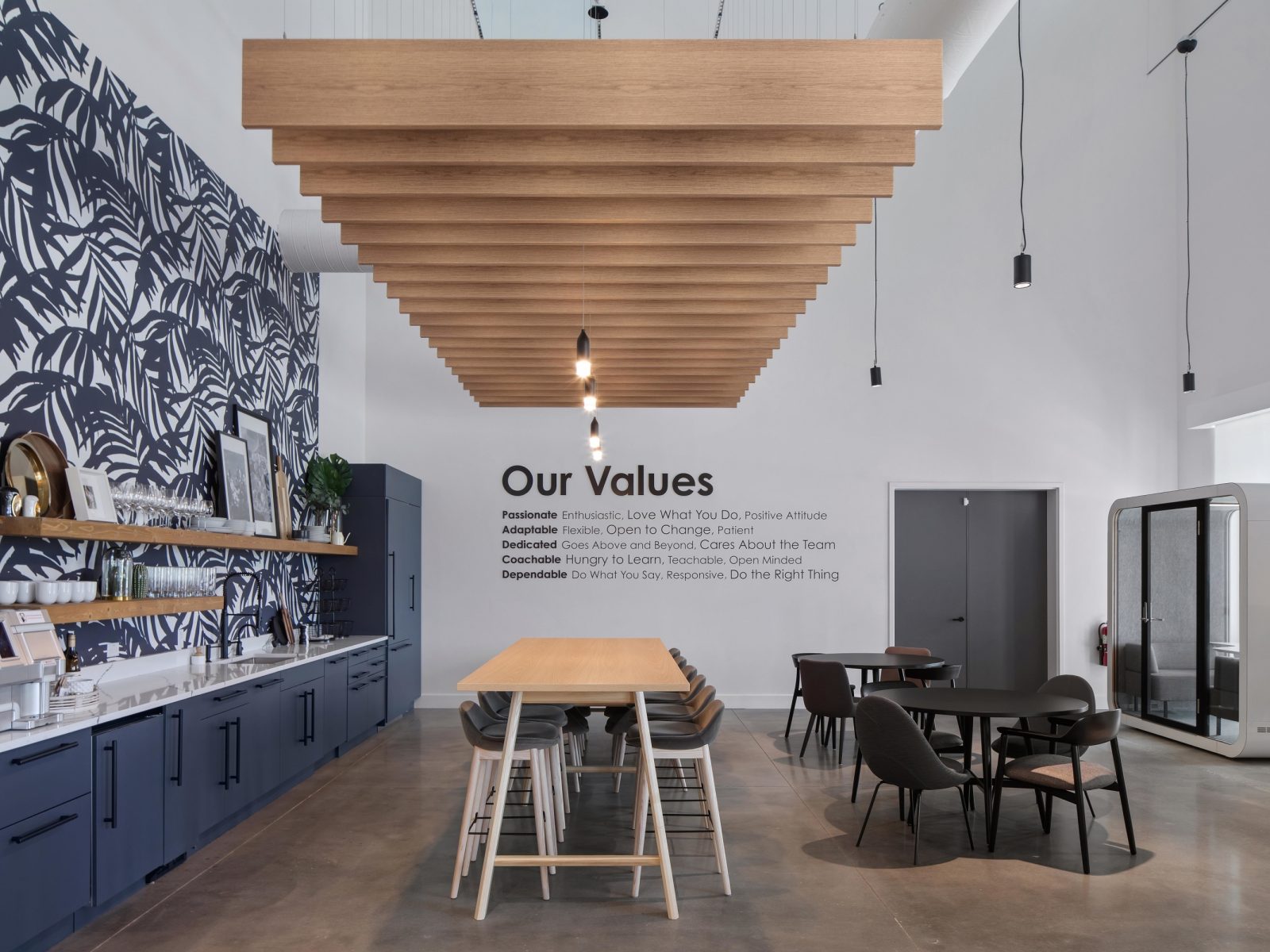Hospital Design for Staff Wellbeing
In the past, the emphasis on designing clinical spaces for well-being was mainly on the patient. However, today, merely taking care of patients is no longer sufficient; it is essential to prioritize the well-being of the people who serve these patients as well.

Even prior to the Covid-19 outbreak, the incidence of behavioral health problems was increasing. However, during the third year of the pandemic, mental health issues have escalated into a full-blown crisis, particularly affecting healthcare workers who are experiencing elevated levels of stress and burnout. Despite the lifting of mask mandates and easing of restrictions in various regions, caregivers continue to grapple with treating infected patients while also dealing with the aftermath of the last two years. This combination of factors has resulted in a rise in mental health challenges among healthcare workers, with many reporting unprecedented levels of anxiety and depression compared to the general population.
In the past, the emphasis on designing clinical spaces for well-being was mainly on the patient. However, today, merely taking care of patients is no longer sufficient; it is essential to prioritize the well-being of the people who serve these patients as well. This approach becomes critical in establishing and sustaining a high-performing hospital system. Creating buildings that prioritize the well-being of healthcare staff goes beyond addressing the mental health crisis within the profession. It plays a crucial role in mitigating the financial repercussions that arise from high staff turnover, thereby relieving additional strain on a system that is already burdened with financial losses resulting from deferred treatment during the pandemic.
One important lesson learned is that employee mental health can become an integral aspect of a building's character. Unlike the "nice to have" perks commonly associated with tech company headquarters, the spaces in healthcare facilities are essential necessities because they directly impact lives. Examples include well-lit stairwells, intentionally quiet patient floors, and improved working conditions, all of which contribute to creating a safer environment, considering the critical nature of healthcare where lives are at stake.
Also, take into account the crucial role of a peaceful environment in reducing stress for caregivers and promoting patients' recovery. To achieve this, consider incorporating a range of sound-absorbing materials and techniques, resulting in patient floors that are 35% quieter than typical healthcare buildings. Several thoughtful features contribute to minimizing noise, such as sliding doors, strategically distributing clinical staff work zones across the floor rather than concentrating them in one location, and placing elevators and visitor waiting areas away from patient rooms. These measures are specifically designed to create a tranquil and conducive environment for both patients and healthcare providers.
Above all else, staff safety stands out as the most crucial "amenity" to prioritize. For instance, a significant portion of injuries among nurses, accounting for 45.6% of cases, stem from overexertion due to repetitive routine physical tasks like bending, stretching, and standing, as reported by the U.S. Bureau of Labor Statistics in 2018. These injuries often lead to musculoskeletal disorders, such as sprains and strains, which caused nurses to miss 8,730 days of work in the private industry in 2016.
To address these safety concerns, incorporating features like motorized overhead patient ceiling lifts and full-height glass doors that offer improved situational awareness can play a vital role in reducing such injuries. By implementing these thoughtful design elements, healthcare facilities can create a safer environment for their staff and significantly minimize the risk of work-related injuries and associated absences.

Another key lesson learned is that design features can effectively alleviate stress in essential working areas. Numerous hospitals are now embracing the concept of support spaces that offer staff the freedom to choose how they spend their valuable break times. These spaces are intelligently designed, with both "offstage" areas for staff to gather or enjoy solitude, and "onstage" spaces where caregivers interact with patients. By incorporating such support spaces, healthcare facilities aim to reduce the time spent navigating the building, enabling staff to devote more time to recharging and rejuvenating during their breaks. This strategic approach to design helps create a more stress-free and efficient working environment for healthcare professionals.
Apart from open-core designs, the inclusion of collaborative clinician rooms exemplifies the changing landscape of medicine. These rooms are strategically sized to facilitate multidisciplinary consultations, acknowledging the evolving nature of healthcare. By promoting collaboration among clinicians, these spaces alleviate the workload on caregivers and their teams while offering patients a more effective approach to navigating their medical journey.
Looking ahead, recharging spaces could manifest in various forms, recognizing that individuals recharge in diverse ways. For instance, some hospitals are considering the implementation of restorative zones that include nap areas for staff, situated conveniently close to patient units for ease of access. Research indicates that the availability of private spaces can significantly reduce caregiver stress, and such innovative designs cater to the unique needs of healthcare professionals, enhancing their overall well-being and resilience.
The third lesson emphasizes that sound design ultimately leads to favorable business outcomes. Many organizations are exploring innovative solutions to support their staff's well-being, such as satellite food lockers, mobile ordering apps, and discounted meal programs featuring nutritious options. These design interventions are significant investments in the long-term health of employees. By reducing stress and encouraging positive lifestyle choices, they ultimately contribute to the mental and physical well-being of those entrusted with the care of others, fostering staff longevity and overall well-being.
The challenges of behavioral health existed before the pandemic and will continue even after its conclusion. Therefore, as healthcare systems grapple with the lasting effects of the pandemic, it becomes imperative to shift towards a more caregiver-centric approach. Creating spaces and implementing solutions that prioritize both staff well-being and patient healing is crucial in retaining and attracting talent while mitigating the financial repercussions of burnout and high turnover.
Designing buildings with a focus on enhancing employees' well-being ensures their satisfaction and productivity, ultimately resulting in a more positive and successful work environment.













